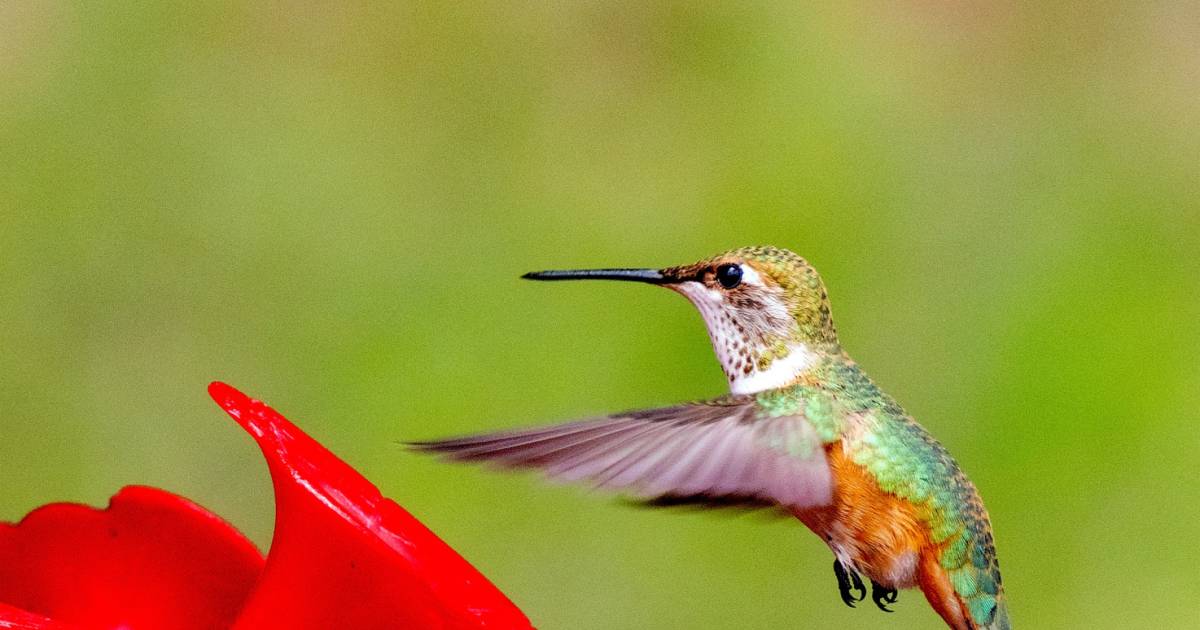Hummingbird Food: Nourishing Nectar for These Tiny Wonders
Hummingbirds, with their vibrant feathers and delicate wings, are truly nature's wonders. These tiny creatures bring joy and awe to our gardens with their agile flight and graceful presence. One of the best ways to attract and support these beautiful birds is by providing them with the right kind of food. In this blog post, we'll dive into the world of hummingbird food, exploring how to make it, the importance of proper nutrition, and answering some frequently asked questions.
Why is Hummingbird Food Important?
Hummingbirds have incredibly high metabolic rates and must consume large amounts of food daily to fuel their energy-intensive lifestyle. Their primary food source is nectar, a sweet liquid found in flowers. Nectar provides hummingbirds with the carbohydrates they need for energy, allowing them to hover and dart through the air with remarkable speed and agility. Without a sufficient supply of nectar, hummingbirds would struggle to survive.
How to Make Hummingbird Food
Making your own hummingbird food is simple and cost-effective. The key ingredient is white granulated sugar, as it closely resembles the natural sucrose found in flower nectar. To make the nectar, follow these steps:
- Mix one part sugar with four parts water in a saucepan.
- Bring the mixture to a boil, stirring occasionally.
- Allow the nectar to cool completely.
- Fill clean hummingbird feeders with the cooled nectar.
- Hang the feeders in a shaded area of your garden, away from direct sunlight.
Remember, it's crucial to use only white granulated sugar and never substitute it with honey, brown sugar, or artificial sweeteners. These alternatives can be harmful to hummingbirds and may cause health issues.
Questions about Hummingbird Food
Q: How often should I change the hummingbird food in the feeders?
A: Hummingbird food should be changed every 3 to 5 days, even if it hasn't been fully consumed. The nectar can spoil quickly, especially in warm weather, and bacteria can grow, posing a threat to the birds' health. Regularly cleaning and refilling the feeders ensures that the nectar remains fresh and safe for consumption.
Q: Can I use red food coloring to attract hummingbirds?
A: It is unnecessary and potentially harmful to use red food coloring. The bright red color of most commercially available hummingbird feeders is sufficient to attract hummingbirds. Food coloring can contain harmful chemicals and additives that might be detrimental to the birds' well-being. Stick to using natural red feeders or placing red decorations near the feeders to catch their attention.
Q: Should I boil the water before making the hummingbird food?
A: Boiling the water helps to remove impurities and ensures the nectar is safe for hummingbirds. It also helps to dissolve the sugar more effectively. However, once the mixture has boiled and the sugar has fully dissolved, it is essential to allow the nectar to cool completely before filling the feeders. Hot nectar can harm the birds and potentially damage the feeders.
The Importance of Proper Nutrition
While nectar is the primary energy source for hummingbirds, it doesn't provide them with all the essential nutrients they need. Hummingbirds also require protein, minerals, and vitamins, which they obtain from insects and spiders. These tiny creatures are important sources of amino acids and micronutrients that are crucial for the hummingbirds' growth, development, and overall health.
To support hummingbirds' nutritional needs, consider planting a variety of native flowers that provide nectar and attract insects. This diverse food supply will ensure that hummingbirds have access to a balanced diet and receive the necessary nutrients for their well-being.
Hummingbird food plays a vital role in supporting the well-being and survival of these enchanting creatures. By offering them a constant supply of fresh nectar and planting a diverse range of flowers, we can create an inviting habitat that nurtures and sustains them. Remember to follow the simple recipe for homemade nectar and maintain clean feeders to provide hummingbirds with a safe and reliable food source. Let's cherish and protect these tiny wonders of nature by offering them the nourishment they deserve.
Categories: Advice, Exterior Design, Gardening | Authored by: RE DESIGN | Posted: 07/21/2023
